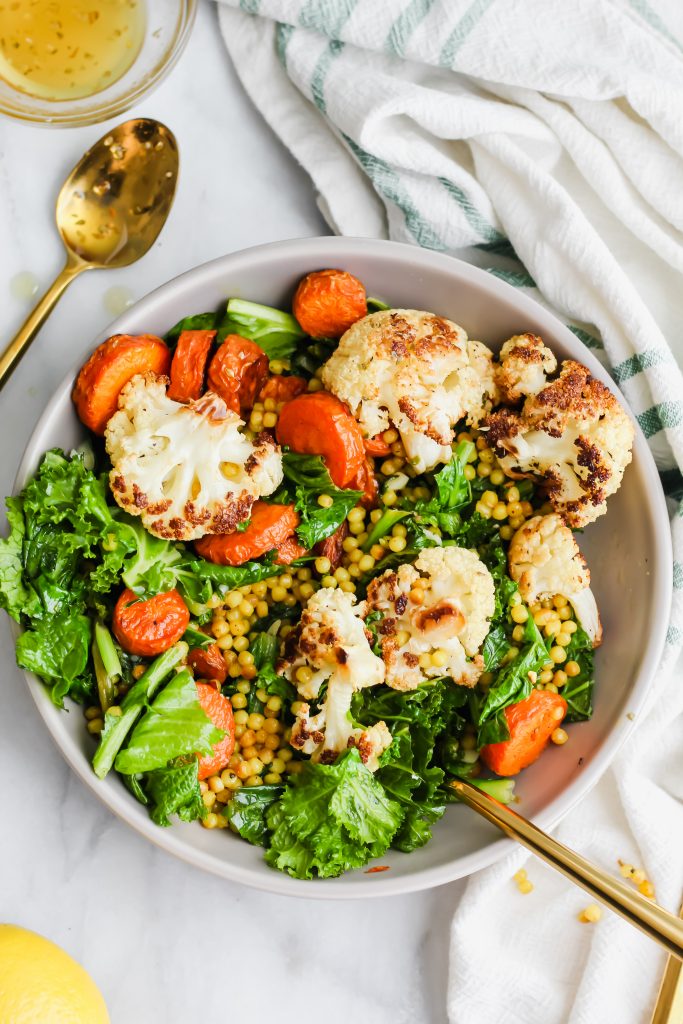Get healthy and try to focus less on making certain foods verboten and more on how your health is more important than the sugar spike or instant satiety they offer. AARP’s recent article entitled “5 Foods to Skip After 50” says when possible, just say no to the following:
Fried foods. Saturated fat can have a negative impact on blood cholesterol. Try a side salad instead of restaurant fries, and when looking at labels, know that a 200-calorie serving of food should have no more than two grams of saturated fat.
Sugary drinks. This category isn’t just soft drinks. It includes bottled teas, fancy coffee drinks and those “fresh” lemonades. They all can be loaded with the sweet stuff. In fact, the 16-ounce chai latte at Starbucks, one of its most popular drinks, has 42 grams of sugar! Your goal should be to limit your added sugar intake to 10% or less of total daily calories. So, for a 2,000-calorie daily diet, that’d be no more than 200 calories, or 50 grams of added sugar per day.
Packaged foods with sneaky sugars. Hidden sugars can be found in things like pasta sauces, yogurt, granola bars, instant oatmeal and breakfast cereals. Excess sugar can put stress on organs, like the pancreas and liver. This can increase blood sugar and blood triglyceride levels and raise the risk of fatty liver disease. Sugars also increase a person’s risk of cardiovascular disease and diabetes, and the incidence and prevalence of this goes up as we get older. At a time in life when every calorie should be nutrient-dense, added sugar adds calories we don’t need.
High-sodium instant meals. This includes foods like frozen pizzas. Experts say that 75% of people over 60 have high blood pressure, and even if you’re on meds, you want to lower your sodium intake. A total of 75% of the salt in our diet comes from processed foods, not the saltshaker. A simple way to spot low-sodium foods is to look for those in which sodium is 5% or less of the daily value, so anything in the 20% range is high-sodium. Try to limit yourself to 1,500 to 2,300 milligrams of sodium per day.
Ultra-processed snacks. Unfortunately, most of what we eat is processed, and it’s the ultra-processed foods that you should eliminate from your diet. Try minimally processed foods like bagged greens, diced vegetables and nuts. Canned tomatoes and frozen fruit and vegetables are also a super way to enjoy produce processed at peak quality and freshness. However, many ready-to-eat, processed foods like cake mixes, snack chips, ketchup, sweetened yogurt and “meat lovers” frozen pizzas add food coloring, sodium, preservatives and other additives that aren’t good for you.
Reference: AARP (Aug. 6, 2021) “5 Foods to Skip After 50”
Suggested Key Terms: Elder Care, Senior Health

